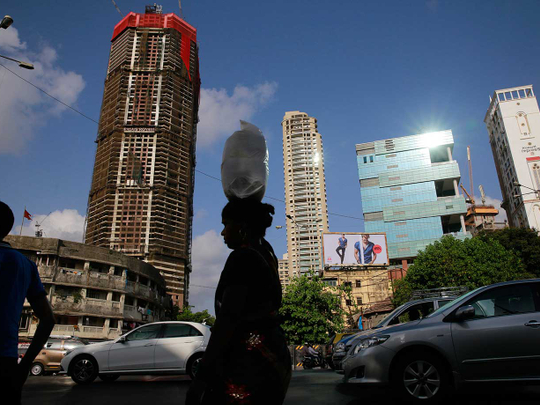
Mumbai: India sees its growth exceeding economists’ estimates to overtake a slowing China, a pace Prime Minister Narendra Modi’s government will be under pressure to sustain when it presents its budget on February 29.
Gross domestic product will expand 7.6 per cent in the year through March, compared with 7.2 per cent a year earlier, the Statistics Ministry said in a statement on Monday in New Delhi. The median of 21 estimates in a Bloomberg News survey was for a growth of 7.4 per cent. China grew 6.9 per cent in 2015, while Russia contracted 3.7 per cent and Brazil is forecast to shrink 3.7 per cent. India’s expansion slowed to 7.3 per cent in the October-December period from 7.4 per cent the previous quarter.
Modi is caught between the urge to boost spending in an economy that’s showing mixed signs of strength, and the need to curb expenditure to meet budget deficit targets and win more rate cuts from the central bank. Indian stocks, bonds and currency saw their worst January since 2011, partly weighed down by concerns about fiscal slippage.
“The onus is on the government to sustain this pace,” said Prasanna Ananthasubramanian, chief economist at ICICI Securities Primary Dealership in Mumbai. “The drivers of growth from the data suggests that government spending and consumption spending are really strong.”
However history shows that higher fiscal spending in India is accompanied by stronger growth but also higher inflation. That would jeopardise Rajan’s 5 per cent target for March 2017, probably compelling him to keep rates unchanged this year after four cuts in 2015.
While economists in a separate Bloomberg survey see Modi meeting his 3.9 per cent of GDP budget deficit target for the current fiscal year, it estimates 3.6 per cent in the next year instead of the 3.5 per cent previously projected.
Meanwhile a deadlock in parliament has kept Modi’s administration from pushing through key economic bills including a goods-and-services tax, known as GST. The levy will replace more than a dozen taxes and boost revenue and growth through compliance, lawmakers have said.
Gross value added - a measure of economic strength closely watched by the central bank - rose 7.1 percent October- December, matching the median estimate, after a 7.4 per cent expansion the previous quarter. The farm sector contracted 1 percent, while mining rose 6.5 per cent, manufacturing 12.6 per cent and electricity and gas output increased 6 per cent.
“GST will be a sentiment turner and crucial for growth in the medium term,” said Shubhada Rao, an economist with Yes Bank Ltd. in Mumbai.












